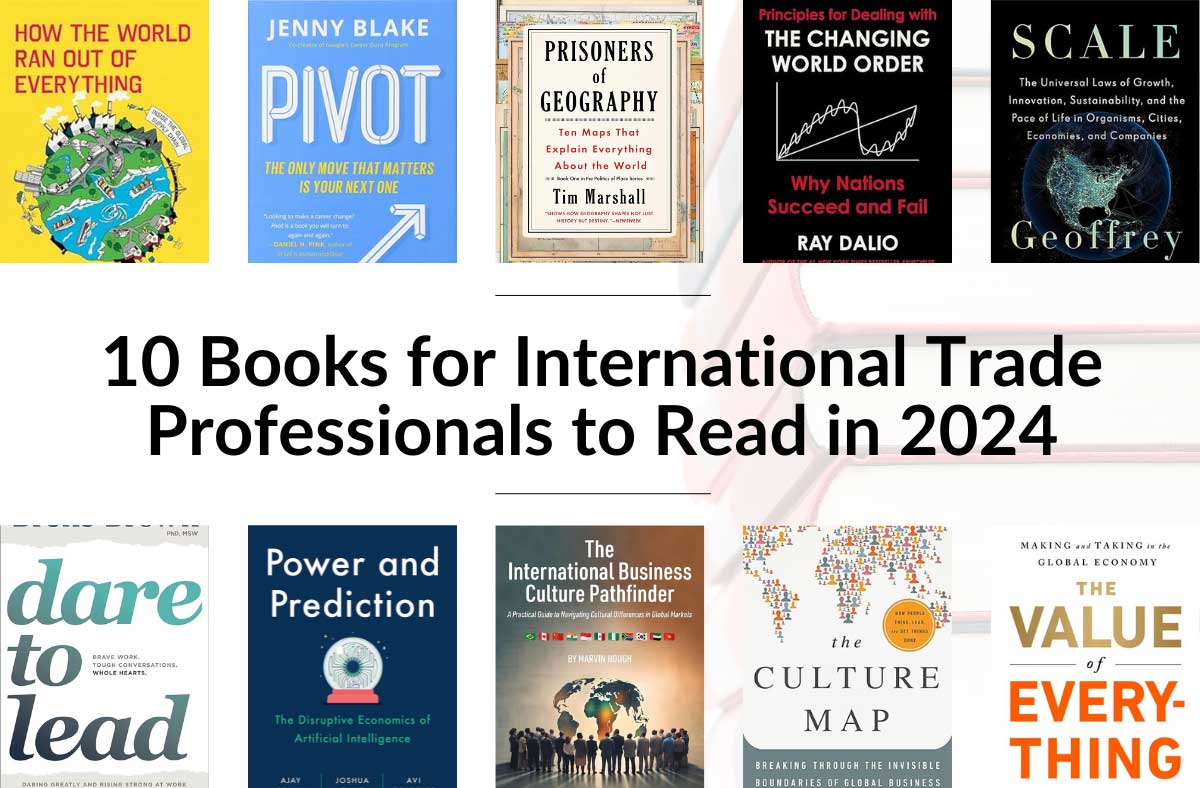
One of the most important skills to learn in business is negotiating. It’s an art that you must master to gain partnerships and clients, and conduct business well. However, when it comes to doing business with companies in other countries, or international negotiation, you’ll have to take your negotiation skills to a whole new level.
International negotiation can feel daunting and uncomfortable at times. One small, innocent mistake or misunderstanding due to cultural differences can jeopardize an entire deal. Fortunately, there are specific ways you can avoid these mistakes and prepare for international negotiations, so you can successfully close your business deal.
Educate yourself on the culture
Before you step into the meeting room to start negotiating with an international client or company, educate yourself on their culture. This world is beautifully diverse with different people and customs, and it’s important to be aware and considerate of them. Not only does this broaden your mindset, but it also shows that you respect others when you acknowledge their culture.
The first things you should learn are their traditions, etiquette, mealtime rituals and customs, greetings, and overall mannerisms. This is especially important when enjoying a business meal or hopping on a Zoom call with an international client, as some things that may be traditional in your culture are seen as offensive in others. Knowing this essential information will put you far ahead of other businesses dealing with international relations.
Body language does most of the talking
Have you ever noticed that you can tell when two people are arguing or upset with each other even if they do not understand what they’re saying? This is because we can read their body language and understand the emotions they’re feeling.
You may be surprised to learn that most of our communication is done through body language. How we hold our hands, the expressions on our faces, and even how far we stand apart from someone can hint at how we are feeling.
According to Dr. Albert Mehrabian at UCLA, 7% of our communication is done through spoken word, 38% is through tone of voice, and 55% is through body language. Studies have also shown that people who are more animated when they speak, such as those who use their hands or put up their fingers when talking about numbers, retain people’s attention longer.
Since body language is our main form of communication, it’s essential to learn about certain gestures and mannerisms of the culture you’re going into international negotiations with. A simple gesture in your culture may mean something completely different to other cultures.
Mastering microexpressions
Microexpressions are a universal way of communicating through body language. Darwin first noticed these involuntarily facial expressions and across different cultures. It was Dr. Paul Ekman who then proved Darwin’s theory and found the display of emotions such as anger, fear, disgust, happiness, sadness, surprise, and contempt were the same for most people.
Understanding and identifying these microexpressions can make international negotiating much easier because of their universality. Pay attention to your counterpart’s face and keep an eye out for these microexpressions while negotiating for insight as to how they’re feeling.
Handshakes
In most cultures, handshakes are used when first meeting someone or at the start of a business meeting. However, the type of handshake and the rules around them differ.
A firm handshake is preferred in the US, Canada, and Brazil, while in Europe and Asia, a looser handshake is often used. In Turkey, firm handshakes are actually considered rude.
It’s also important to note that women in Australia generally do not shake hands with other women, and women and men generally do not shake hands in Islamic cultures [1].
Personal space
The distance between two people is also different depending on the culture.
North America, Northern Europe, and Asia tend to keep a further distance and have less contact with people. Those in Southern Europe, the Middle East, and South American prefer standing closer together and having more contact.
Eye contact
If you’re a seasoned negotiator, you know just how important eye contact is when speaking with someone and know you must balance just enough eye contact. In fact, some cultures in the Caribbean view too much eye contact as aggressive.
A good rule of thumb is to maintain eye contact 50% of the time when you’re speaking and 70% when someone else is speaking.
Politely probe for more information
While body language greatly contributes to communication, speaking is just as important. Even just the tone of our voice is important to consider when negotiating with international clients. Some cultures tend to speak softly and maintain calmer conversations, while others, such as Italians, tend to talk at a higher volume and interrupt each other.
While how you probe depends on where you are and to whom you are speaking, asking questions is an essential phase of negotiating as it is the most impactful way to gain insightful information from your counterpart. It will help you discern their needs and thoughts. Not to mention, doing so gives the other side a platform to speak, which is a great way to build relationships.
Prepare your questions ahead of time and be sure your questions are appropriate to ask in their culture. A quick rule of thumb is to start broad, flush out all the key aspects of importance to the other side before you dig into a specific issue, and try to use open-ended questions whenever possible.
Concluding your negotiation
The end goal of any negotiation, international or domestic, is to reach an agreement that benefits both parties. Before entering the negotiation, have an idea of what your end goal is; what will be the outcome if your negotiation is successful or not?
Be strategic when you propose your offer. A quick tip is to be specific with your numbers as that indicates to the other side that your offer is well thought through. And, avoid ranges, as the other side always hears the side of the range that is most advantageous to them.
Become successful at international negotiation
International negotiations aren’t easy, but you will be more successful if you prepare for them. Ultimately, in any situation, the best negotiators are those who are well-prepared; they ask insightful questions and propose solutions that maximize their share but still satisfy the other side. In international negotiations, you just need to add an additional step of preparation to demonstrate respect for the other party. Do this, and you will find negotiation success.
[1] Lares, Cochran, and Digan (2021). Persuade: The 4-Step Process to Influence People and Decisions, Wiley, 161.




 Learn more about conducting business in international markets with the online FITTskills course Feasibility of International Trade.
Learn more about conducting business in international markets with the online FITTskills course Feasibility of International Trade. Learn how to accurately determine if your business is prepared to venture into new markets with the online FITTskills workshop Situational Analysis.
Learn how to accurately determine if your business is prepared to venture into new markets with the online FITTskills workshop Situational Analysis.



disqus comments